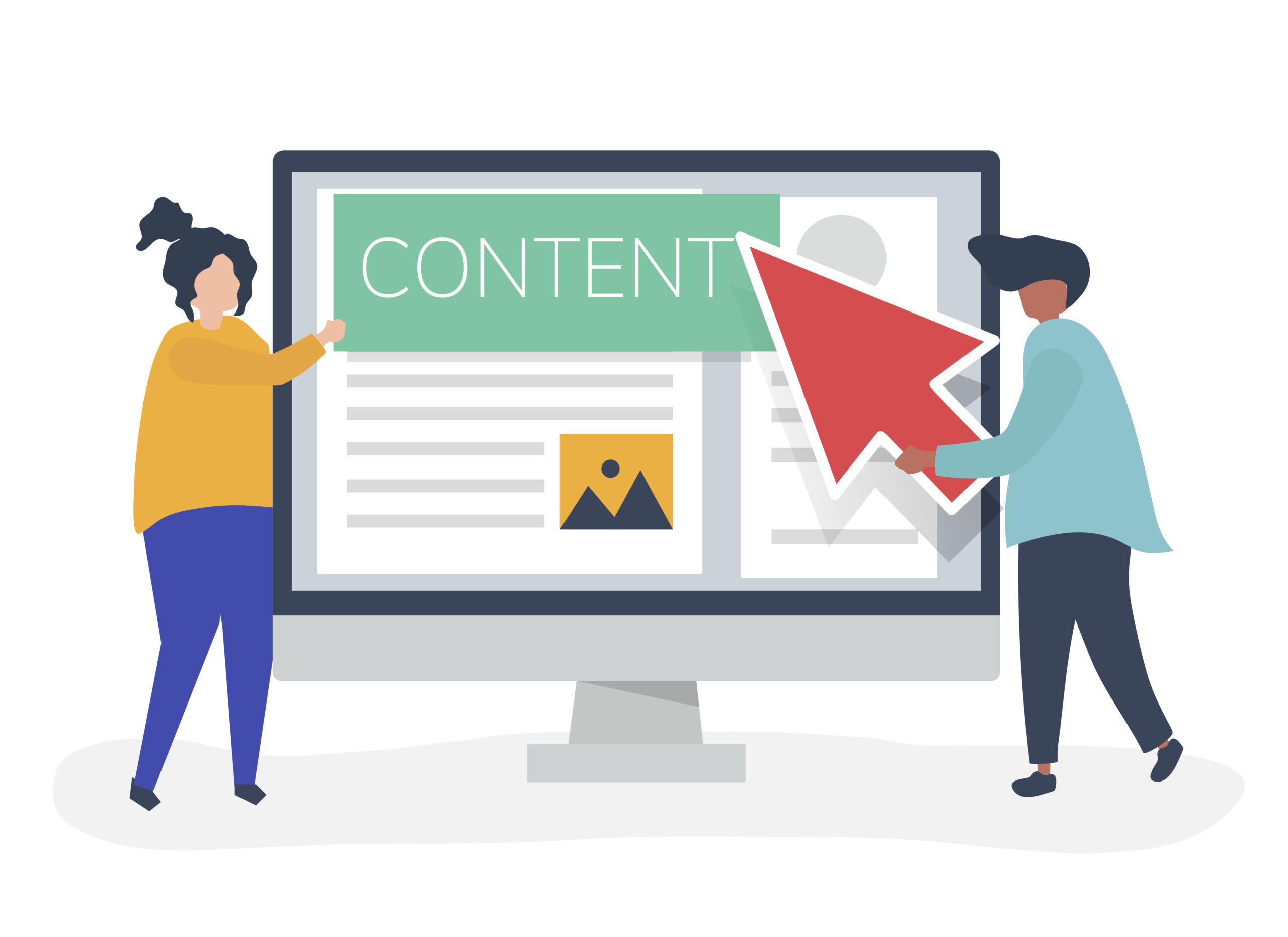It’s harder than ever to capture your audience’s interest in the fast-paced digital environment of today. With an overwhelming amount of content competing for their focus, how can you ensure your message stands out? Enter infographics — the perfect blend of visuals and information that makes complex ideas easy to understand and share. Whether you’re a seasoned marketer or a beginner, creating engaging infographics can elevate your content marketing game. Let’s explore how.
Why Infographics Are a Content Marketing Powerhouse
Infographics combine data, visuals, and concise text to convey information quickly and effectively. They’re a proven way to boost engagement, enhance brand visibility, and drive traffic to your website. According to a study by HubSpot, infographics are shared and liked three times more than any other type of content on social media.
When done right, infographics can:
- Simplify complex information.
- Increase social media shares.
- Improve website traffic and SEO rankings.
- Establish your brand as an industry authority.
Now that we’ve covered why they’re important, let’s dive into how to create infographics that captivate your audience.
1. Start with a Clear Goal
Every great infographic begins with a purpose. Ask yourself:
- What message do I want to convey?
- Who is my target audience?
- What action do I want viewers to take after seeing this infographic?
For instance, if your goal is to educate your audience about sustainability, focus on delivering concise, impactful data points about eco-friendly practices. Having a clear objective will guide the content and design process.
2. Research and Curate Quality Data
The backbone of any compelling infographic is accurate, reliable data. Your audience needs to trust the information you’re presenting, so be sure to:
- Use reputable sources like industry reports, academic studies, or government publications.
- Fact-check all statistics and ensure they’re up to date.
- Include sources at the bottom of your infographic for transparency.
For example, if you’re creating an infographic about social media trends, include data from platforms like Statista or Pew Research Center.
3. Choose the Right Type of Infographic
Infographics come in many shapes and styles, each suited for different purposes. Here are a few popular types:
- Statistical Infographics: Best for presenting data-heavy information through charts, graphs, and percentages.
- Timeline Infographics: Ideal for showing historical trends, project timelines, or step-by-step processes.
- Comparison Infographics: Great for highlighting the differences or similarities between two or more options.
- Informational Infographics: Perfect for explaining concepts, definitions, or processes in a straightforward way.
Choose a format that aligns with your content and audience needs.
4. Keep the Design Simple and Eye-Catching
Less is frequently more when it comes to infographic design. Here are some design tips to follow:
- Use a Consistent Color Palette: Stick to 2-4 complementary colors that align with your brand’s identity.
- Choose Readable Fonts: Use clean, legible fonts for text and headlines. Avoid overusing decorative fonts.
- Incorporate White Space: Don’t overcrowd your design; give elements room to breathe.
- Use Visual Hierarchy: Highlight key points with larger fonts, bold colors, or icons to guide the viewer’s eye.
For example, Canva and Adobe Express offer pre-designed templates that make it easy to create professional-looking infographics without needing advanced design skills.
5. Write Concise and Compelling Copy
Infographics are all about brevity. Your copy should:
- Be clear and to the point.
- Use bullet points or short sentences.
- Avoid jargon and overly technical language.
For instance, instead of saying, “The company’s quarterly growth percentage exceeded expectations by a significant margin,” simplify it to: “Quarterly growth exceeded expectations by 20%.”
6. Include Engaging Visuals
Visual elements make or break an infographic. Consider using:
- Icons and Illustrations: To represent ideas visually.
- Charts and Graphs: To present numerical data.
- Images or Photos: To add context or emotion.
Ensure that visuals are high-quality and align with your brand’s style. Tools like Piktochart and Visme allow you to access libraries of icons, illustrations, and charts for free or at a low cost.
7. Optimize for Sharing
An engaging infographic is one that’s easy to share. Here’s how to maximize its reach:
- Add Your Logo and Website URL: To ensure your brand gets credit.
- Use Social Media-Friendly Dimensions: Platforms like Pinterest and Instagram favor vertical designs.
- Create a Thumbnail Preview: For platforms where a smaller preview is shown.
- Include a Call-to-Action (CTA): Encourage viewers to share, visit your website, or download the infographic.
8. Promote Your Infographic Effectively
Once your infographic is ready, it’s time to get it in front of your audience. Here are some promotion strategies:
- Share on Social Media: Post on platforms like LinkedIn, Instagram, and Pinterest, tailoring captions for each audience.
- Include in Blog Posts: Embed the infographic in a related blog post for additional context.
- Email Marketing: Share it with your subscribers as a helpful resource.
- Collaborate with Influencers: Partner with industry influencers to share your infographic with their followers.
Measuring Success: How to Track Your Infographic’s Performance
To assess the effectiveness of your infographic, monitor these metrics:
- Social Shares: Track how often it’s shared on social platforms.
- Website Traffic: Check analytics for referral traffic from the infographic.
- Engagement Rates: Measure likes, comments, and click-throughs.
Analyzing these metrics will help you refine future infographic campaigns.
Conclusion: Infographics as a Game-Changer in Content Marketing
Creating engaging infographics doesn’t have to be intimidating. With a clear goal, quality data, compelling visuals, and strategic promotion, you can craft infographics that captivate your audience and elevate your content marketing strategy.
So, what’s stopping you? Start brainstorming ideas for your next infographic and watch your audience engagement soar. Need inspiration? Share your thoughts or favorite infographic tools in the comments below — let’s spark a conversation!


Leave a Reply